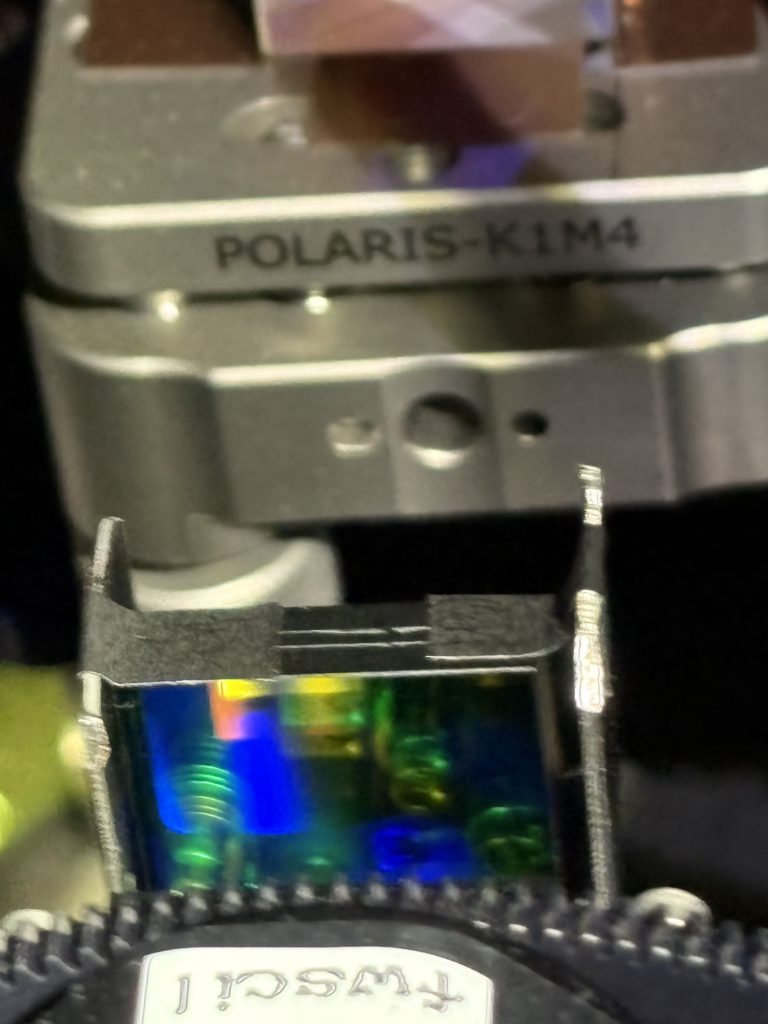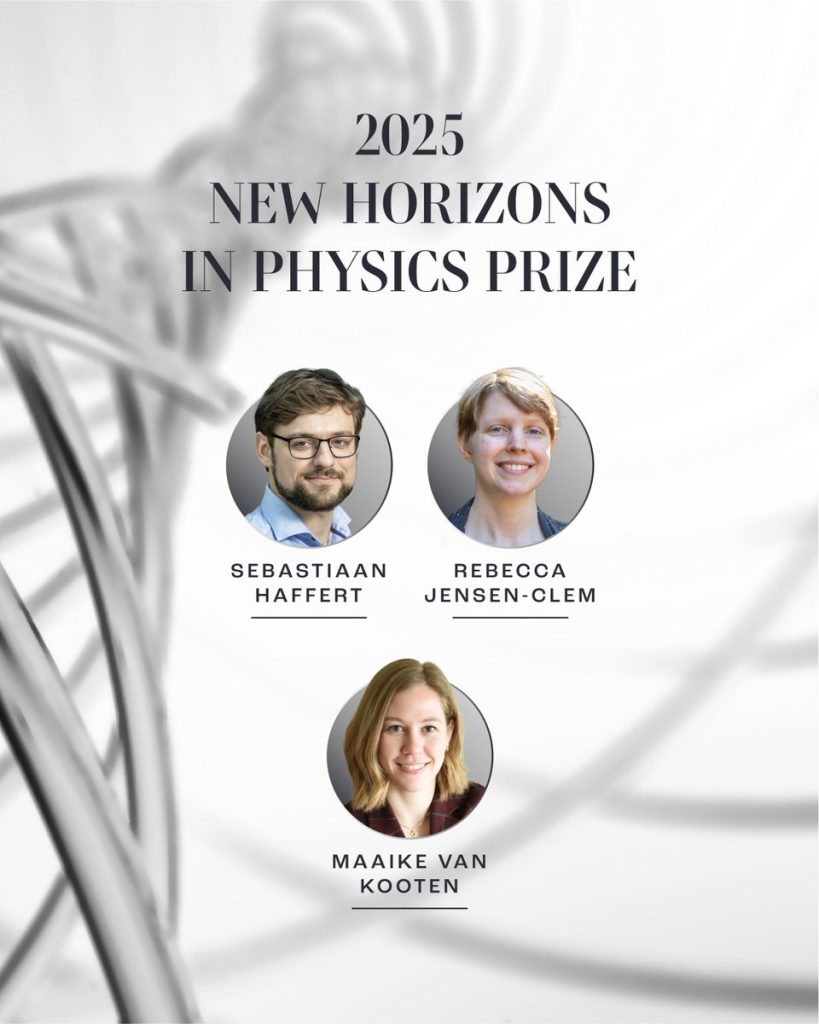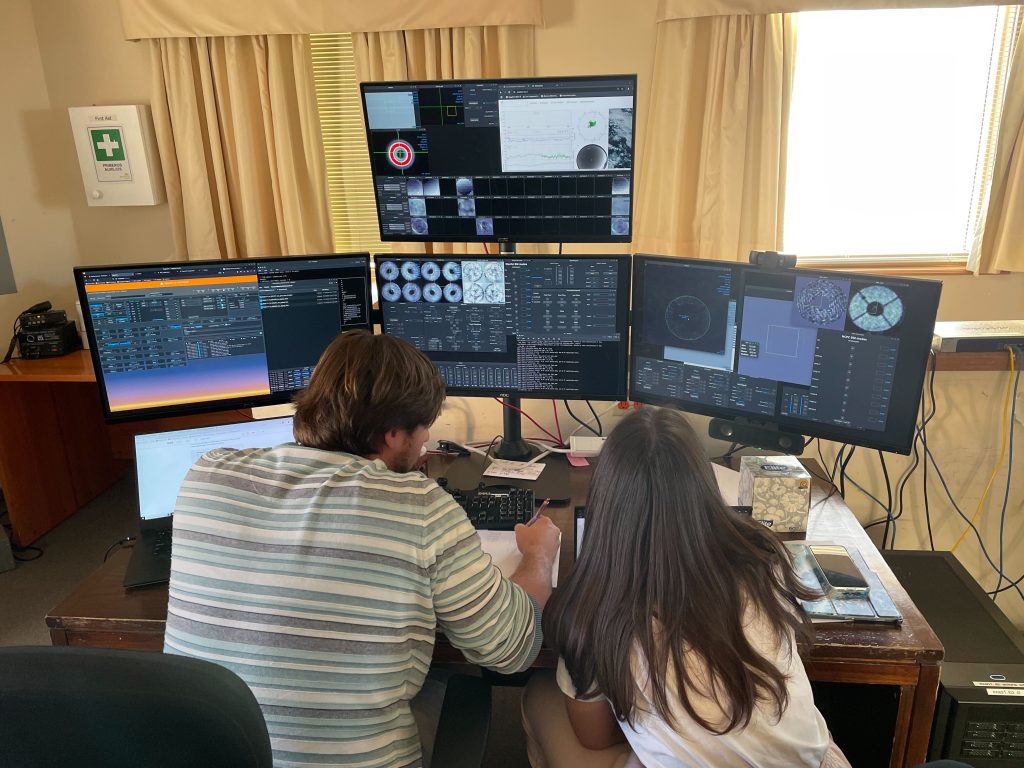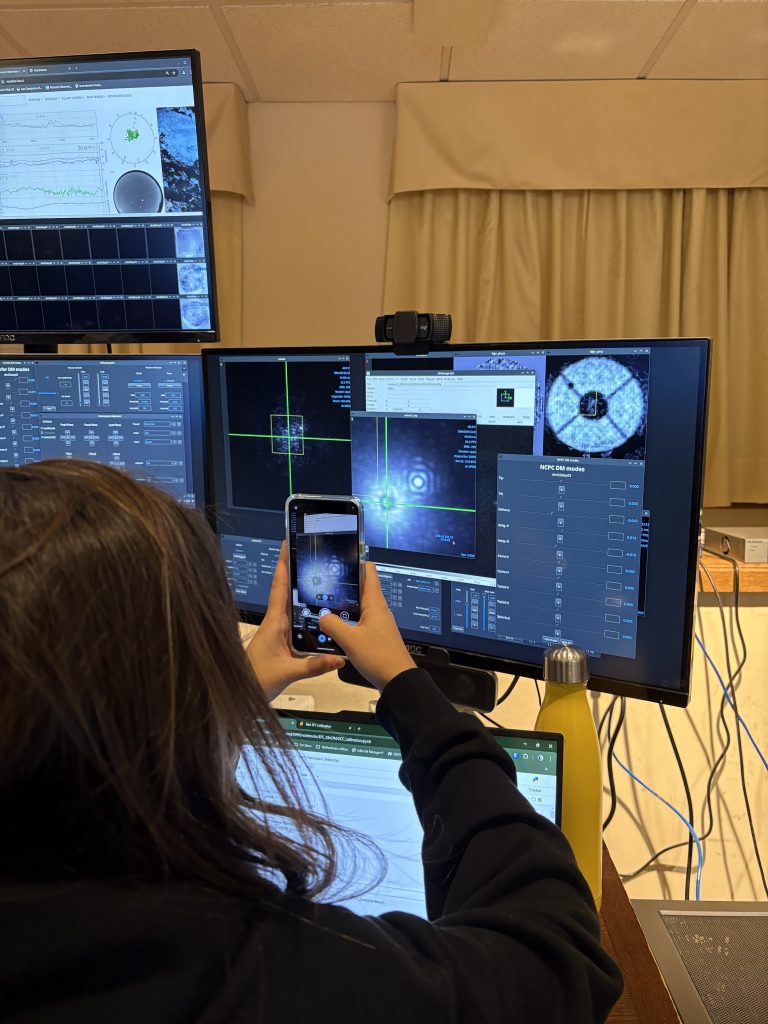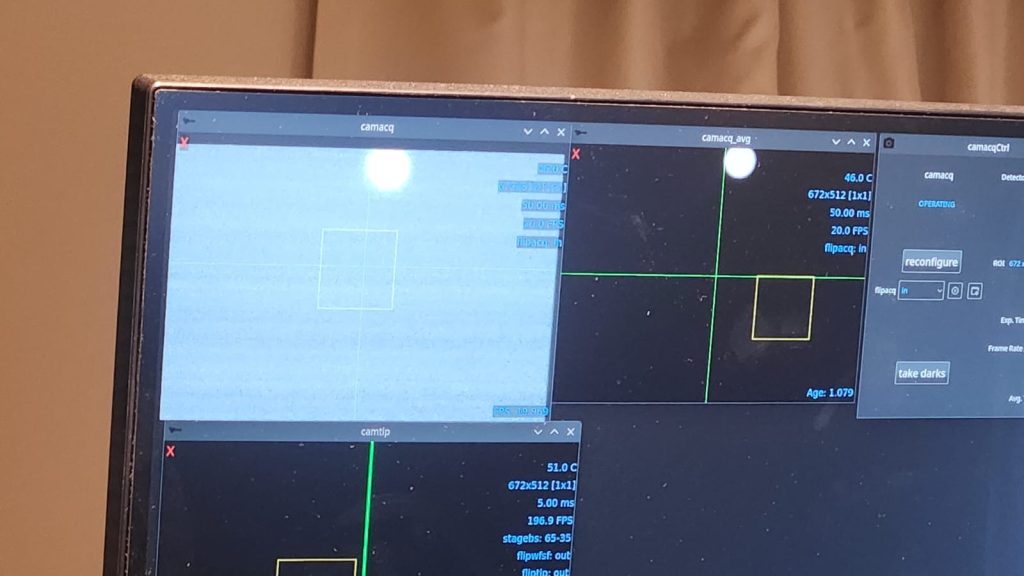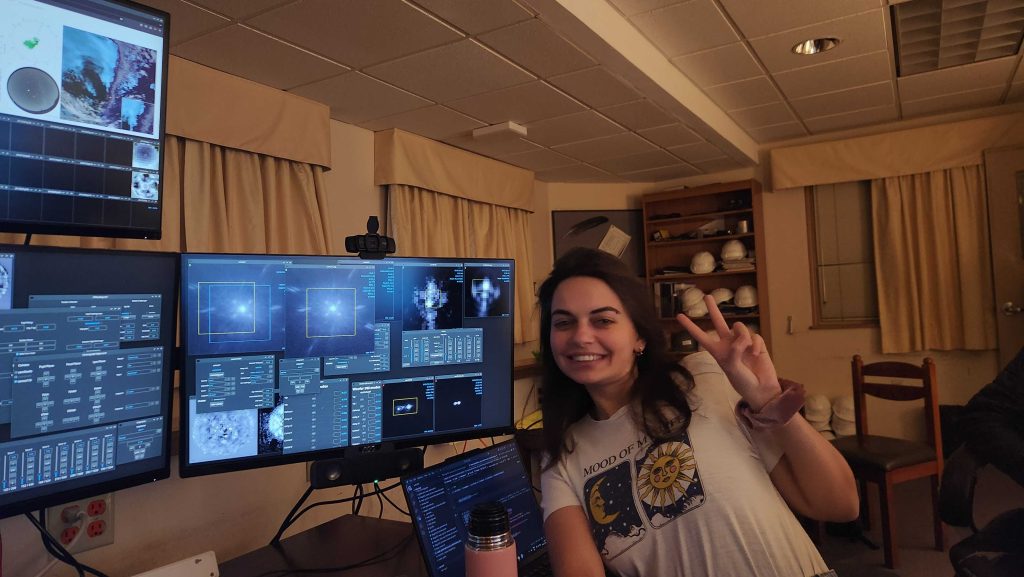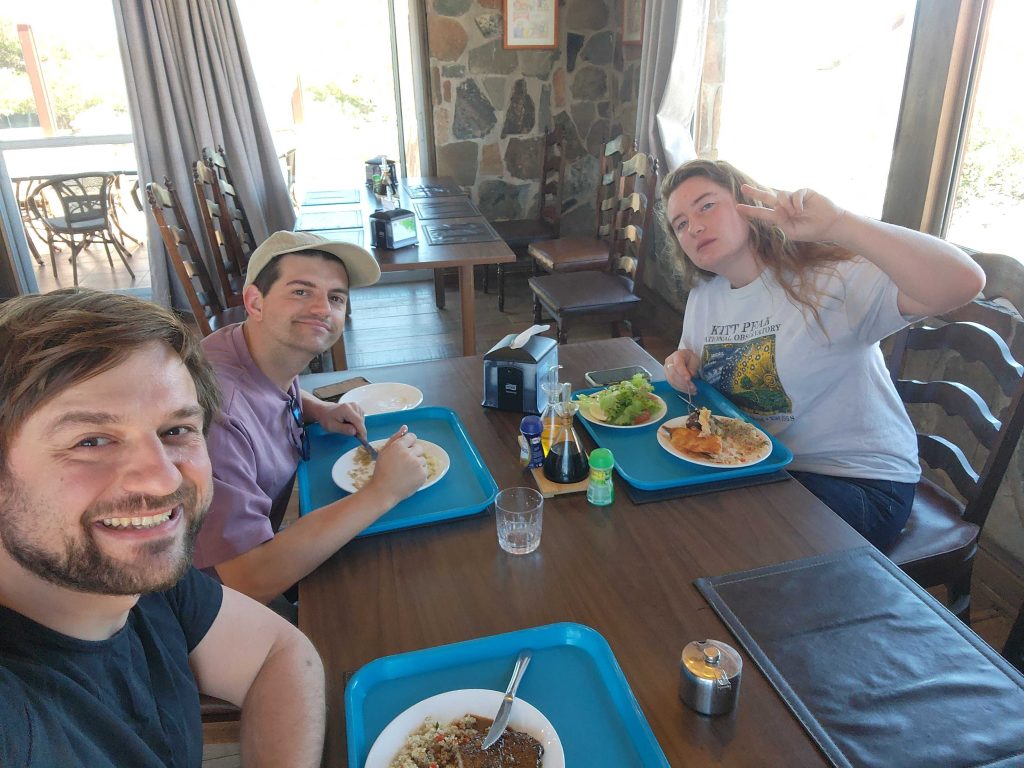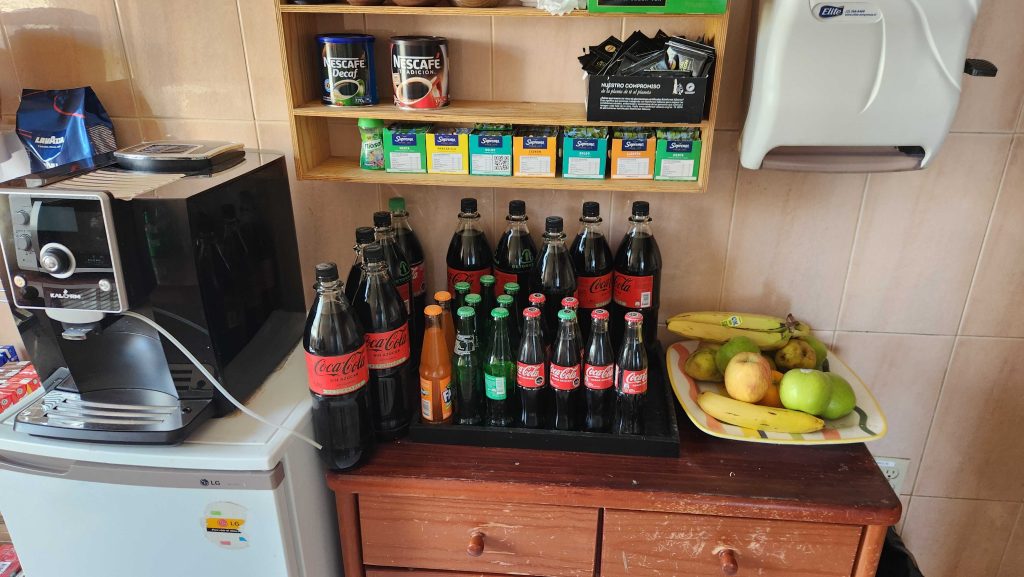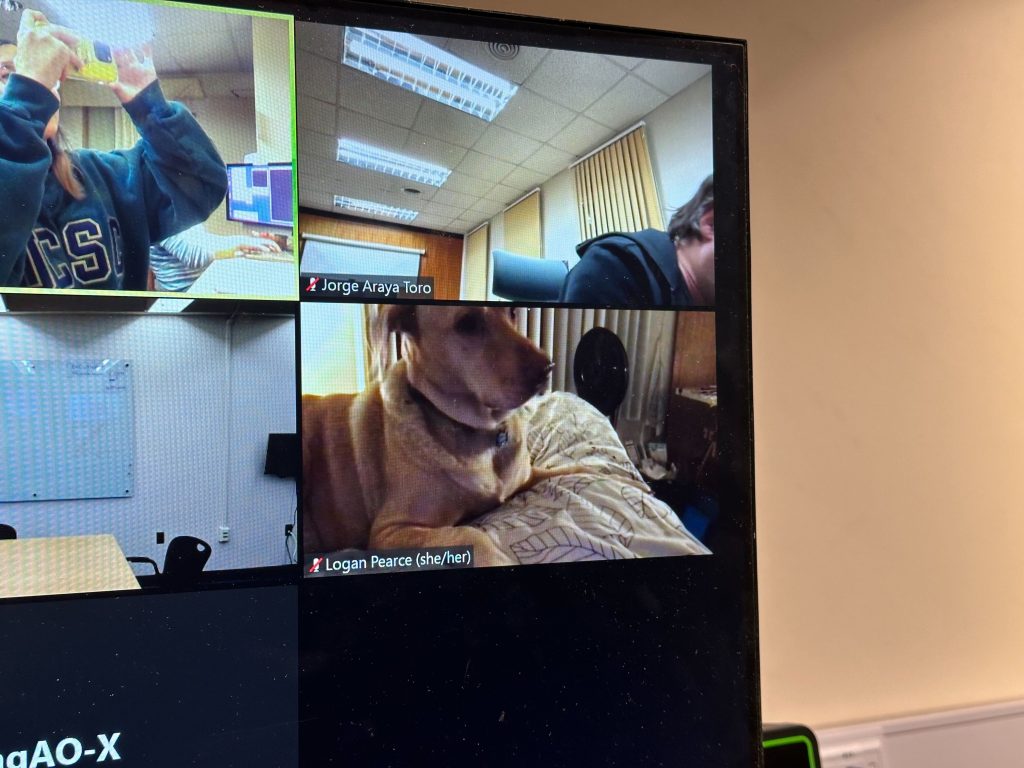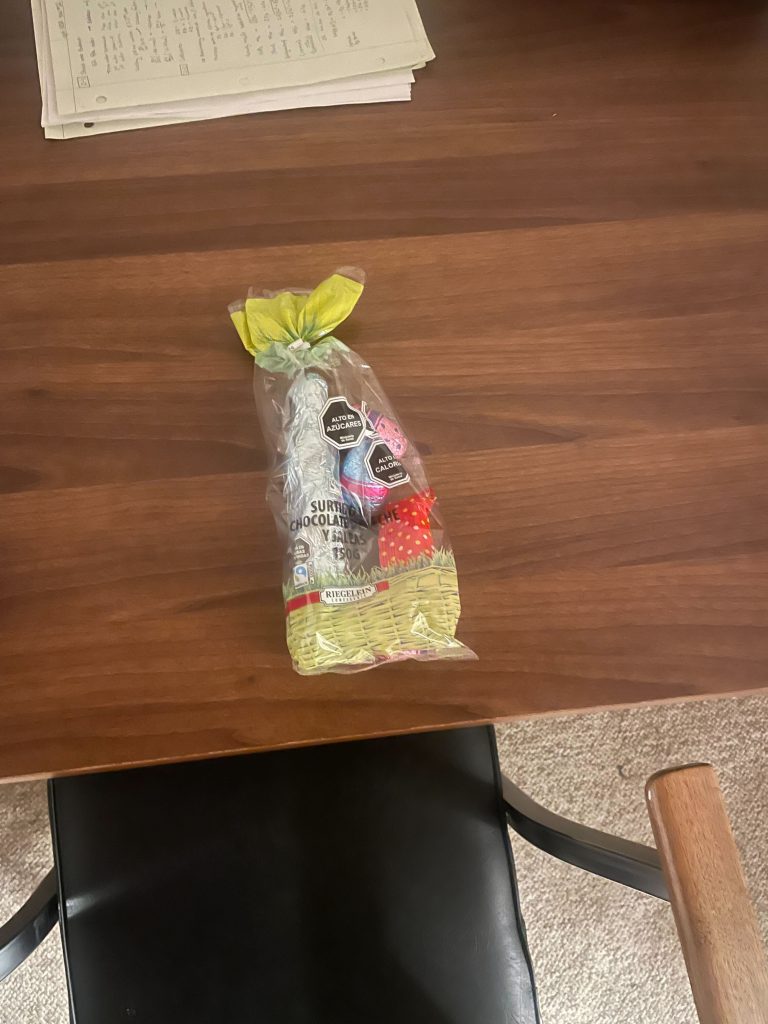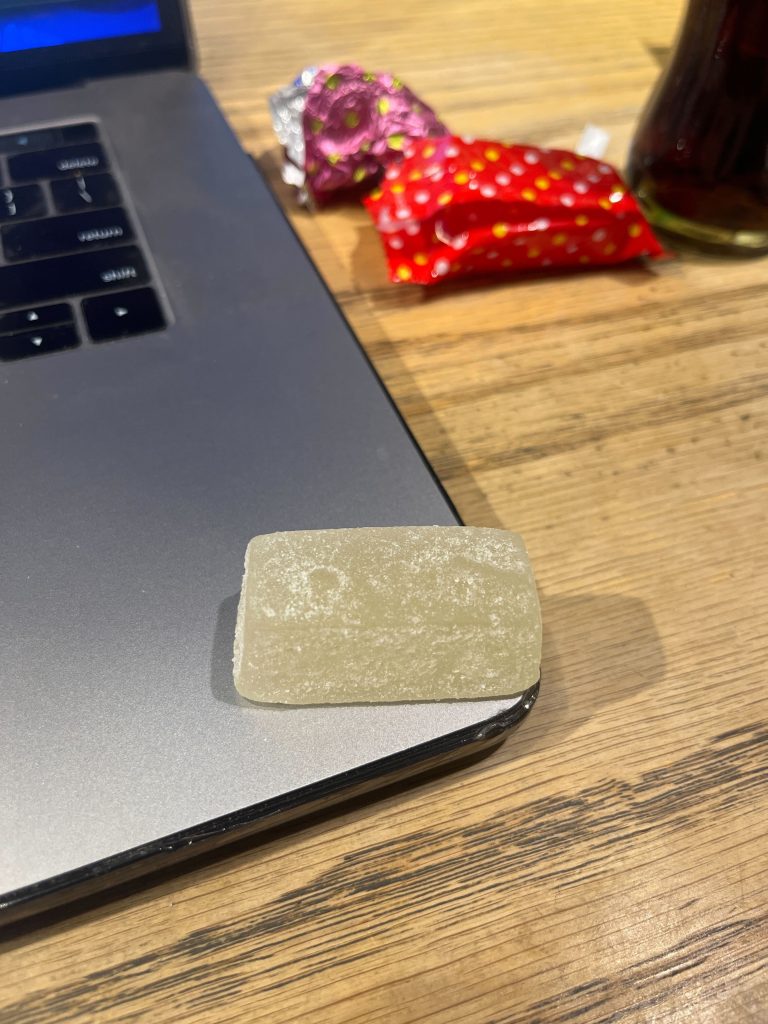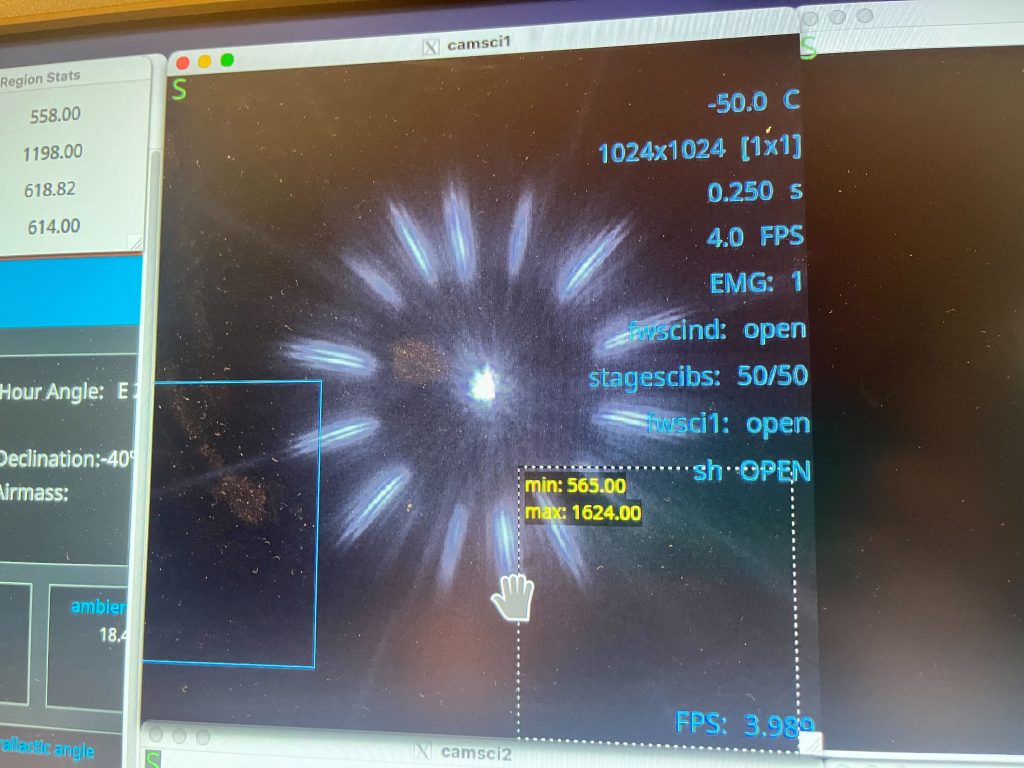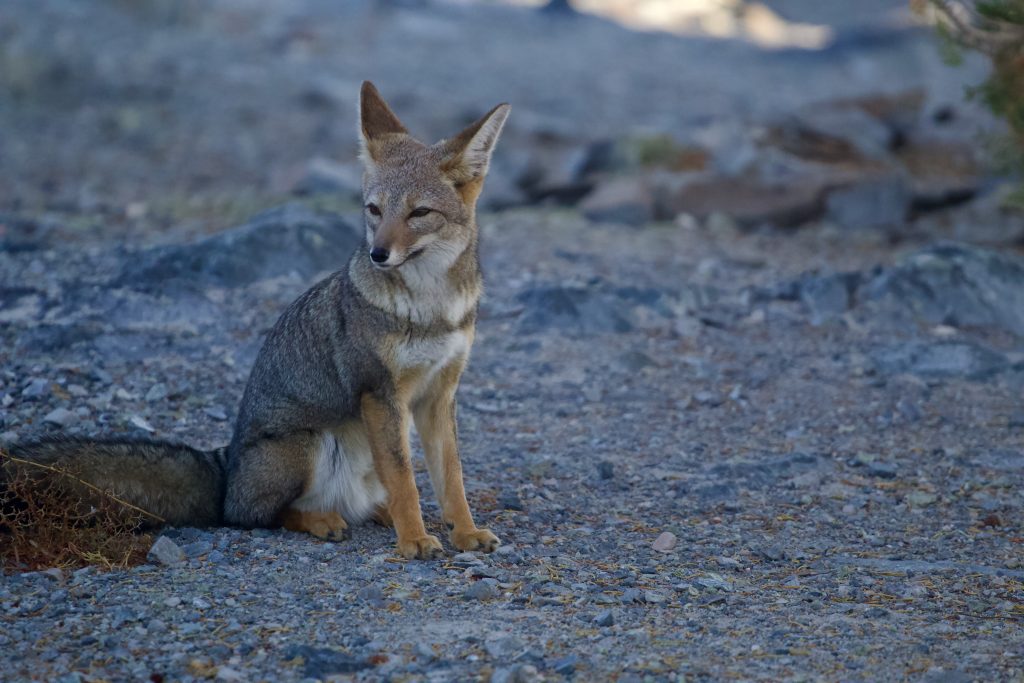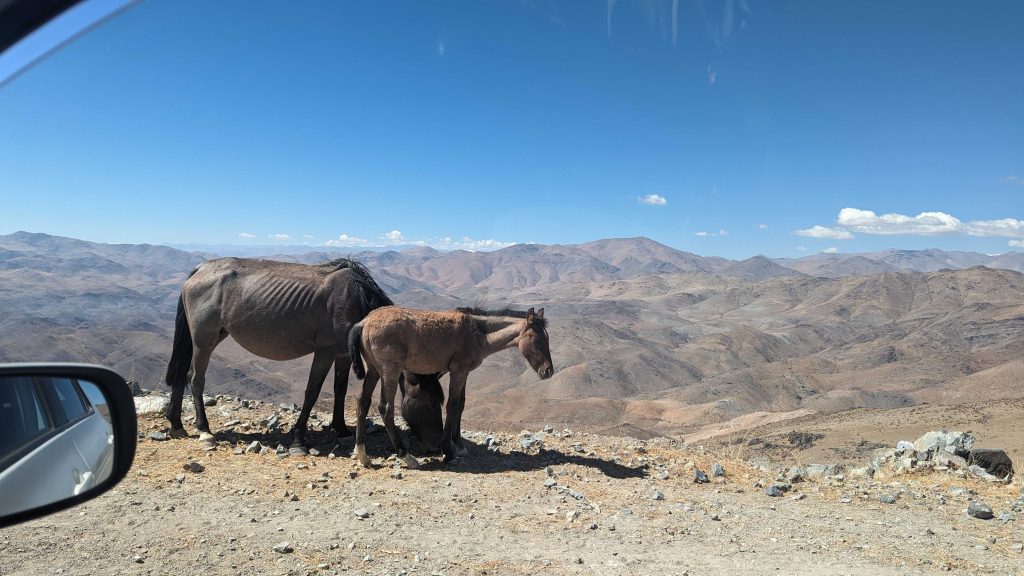Much Strehl that once was is lost, for none now observe who remember it. It began with the forging of the Great Weather forecast. Dark clouds were given to the day crew, immortal, wisest and fairest of all beings. Dark clouds were also given to the astronomers, great miners and craftsmen of the starry nights. And nine, nine dark clouds were gifted to the race of the night crew, who above all else desire Strehl. For within these clouds was bound the strength and the will to govern all observers. But they were all of them deceived, for another weather pattern was made. Deep in the land of Chile, in the Fires of Mount Las Campanas, the Dark Lord Sauron forged a master pattern, and into this pattern he poured his cruelty, his malice and his will to dominate all astronomers.


One by one, the targets of MagAO-X fell to the power of the Clouds, but there were some who resisted. A last alliance of night crew and bright stars marched against the armies of the Chilean Clouds, and on the very slopes of Mount Las Campanas, they fought for the Strehl of MagAO-X.
And some things that should not have been forgotten were lost. History became legend. Legend became myth. And for two and a half thousand years (that’s how long it felt), high Strehls passed out of all knowledge. Until, when chance came, it ensnared another bearer.
During this night we struggled to keep the loop closed because our targets fluctuated in intensity by 5 magnitudes. This is an enormous amount. Eden bravely fought against changing conditions and sometimes she prevailed. But most of the time it was just a blood bath.
At the end of our 16th night everyone was slowly losing their minds. This led to a long string of making Maggie-O-X tell us jokes. Here is a fine selection of amazing jokes:
“Why did the AO system miss the coronagraph? Because it overdrove.
“What do you call an observer who is waiting for the sun? A dreamer.”
“Why are AO operators never scared? Because they already saw their own 3 AM face.”
“How many photons do you need for high Strehl? More than we got this night.”
“What is brown and sticky? A stick.”
“This night was not completely useless. It will forever serve as a bad example.”
“How do you talk to Italian ghosts? With a Luigi board.”
“What’s black and white and red all over? The tweeter.”
“No more adaptive optics for you!”
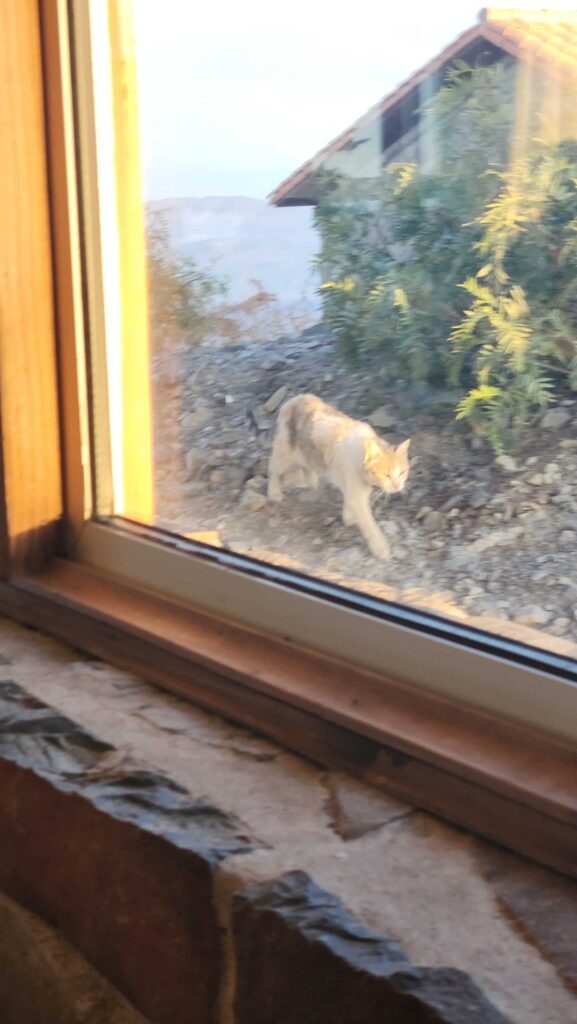
I think I have added enough movie quotes to the blog post today. At least this music might give us hope for another night.

